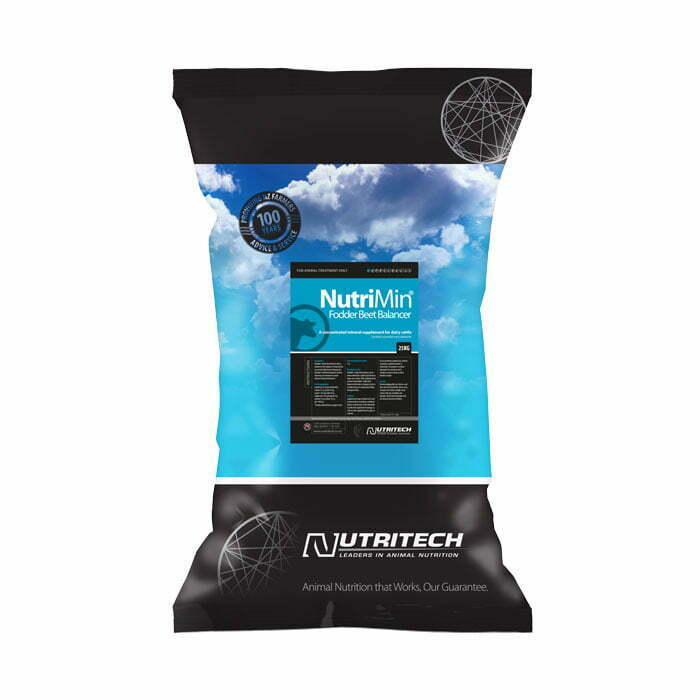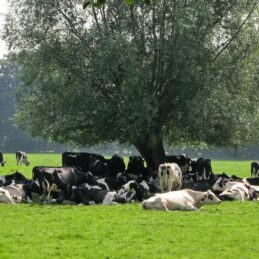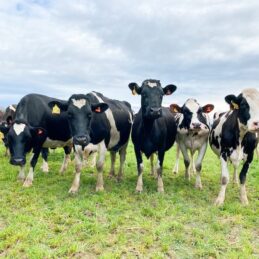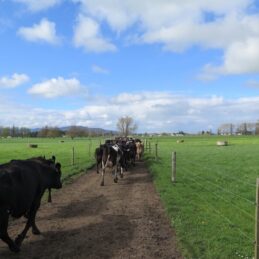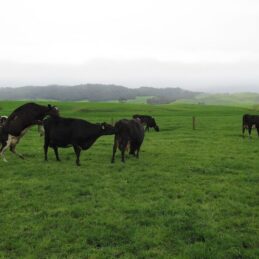There has been considerable change and progress in cow production and feeding over the last 100 years from 1915, which was also when The Danish Mineral Company formed (now Nutritech International Ltd). There were about 1.1 million people, 634,000 milking or dry dairy cows, 270 butter and 355 cheese factories, producing 31,330 t butter and 40,950 t cheese.
The main dairy breeds were Jersey, Guernsey, Dairy Shorthorn and Friesian, which yielded on average between 2,000 and 3,000 litres per annum, depending on breed. Butterfat was more important than milk protein, so production records tended to quote only butterfat levels, which would indicate milk solids yields averaged around 180 – 250 kg. The best cows could yield 4,500 litres, and all cows were almost exclusively fed pasture and hay.
In the 2013-14 dairy Statistics; there were about 4.9 million dairy cows, in 11,930 herds, stocked at 2.87/hectare, averaging 4,200 litres, 370 kg milk solids per cow, and 1,050 kg MS/hectare. 33% of herds averaged more than 400 kg MS/cow, and about 1% more than 600 kg. Cows are also much bigger than they were 100 years ago.
Genetic selection has resulted in bigger cows that produce more milk, by increasing feed intake, diverting more nutrients to milk, and mobilising more body fat (condition). Local trials also demonstrated they respond better to supplementary feeds than older genetics, through less pasture substitution and higher increases in milk yield. This would indicate higher genetic merit cows are not able to milk to their genetic potential on pasture alone.
Higher genetic merit cows tend to be more difficult to get back into calf, which is partly explained by hormonal changes and insulin metabolism, and extra condition lost has to be recovered in late lactation. There is disagreement on the benefits of feeding supplements in early lactation to reduce condition loss in primarily pasture based systems, and how it affects fertility. However, different types of supplements (protein, starch, sugar, protected fat) have different effects on milk production responses, which may also be confounded by transition management and feeding.
There has been a dramatic increase in the amount of supplements used on farm, ranging from forages, to grains, by-products, e.g. PKE and protected fats. The more supplements are used the more important it is to ensure diets are balanced to supply sufficient energy, protein, fibre, fats, minerals and vitamins. The same applies as milk yield per cow increases.
The challenge going forward is to optimise profitably the genetic potential of cows, through appropriate application of technologies including animal husbandry, forage management and balanced nutrition.
As featured in NZ Dairy Farmer








